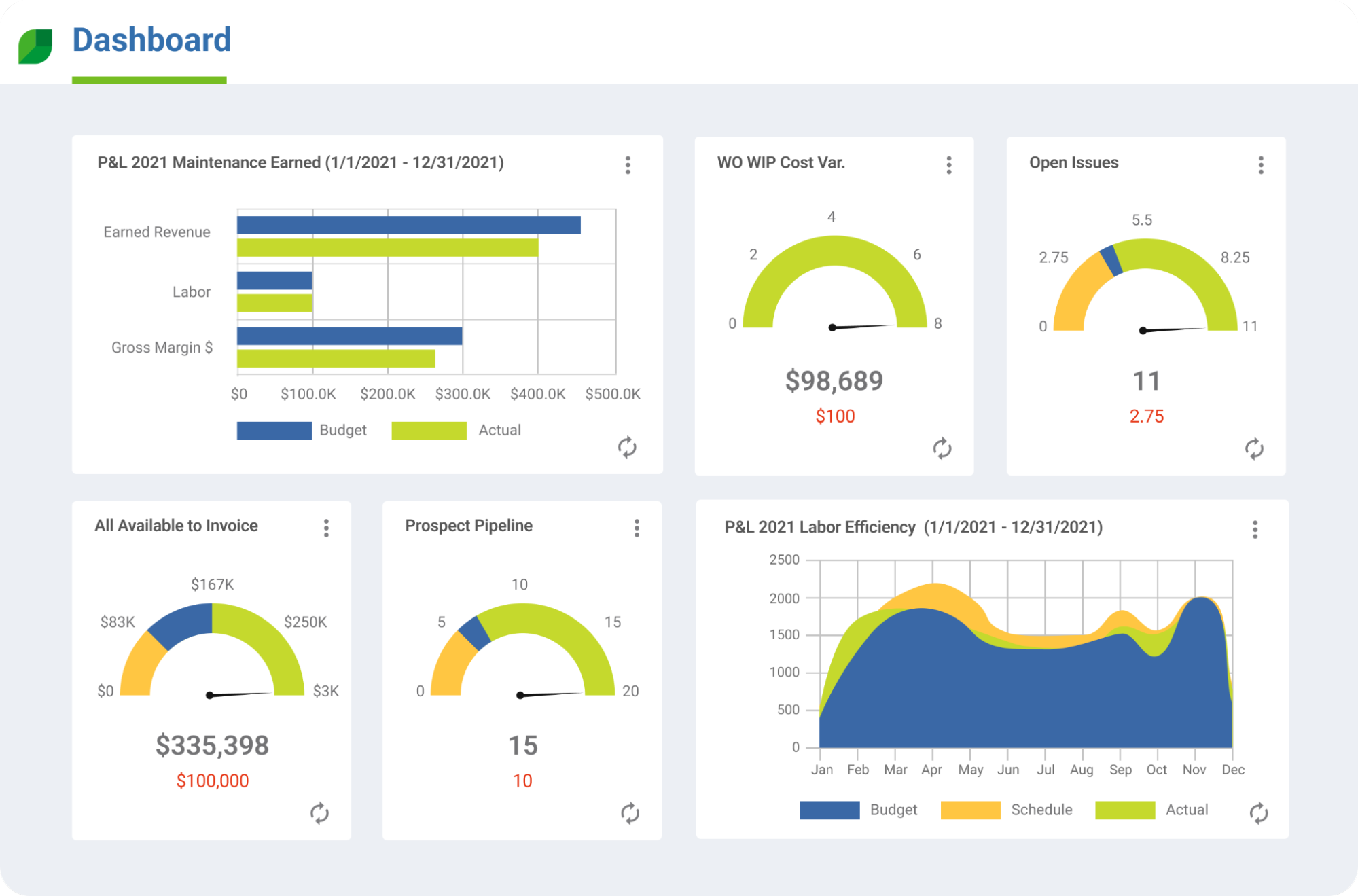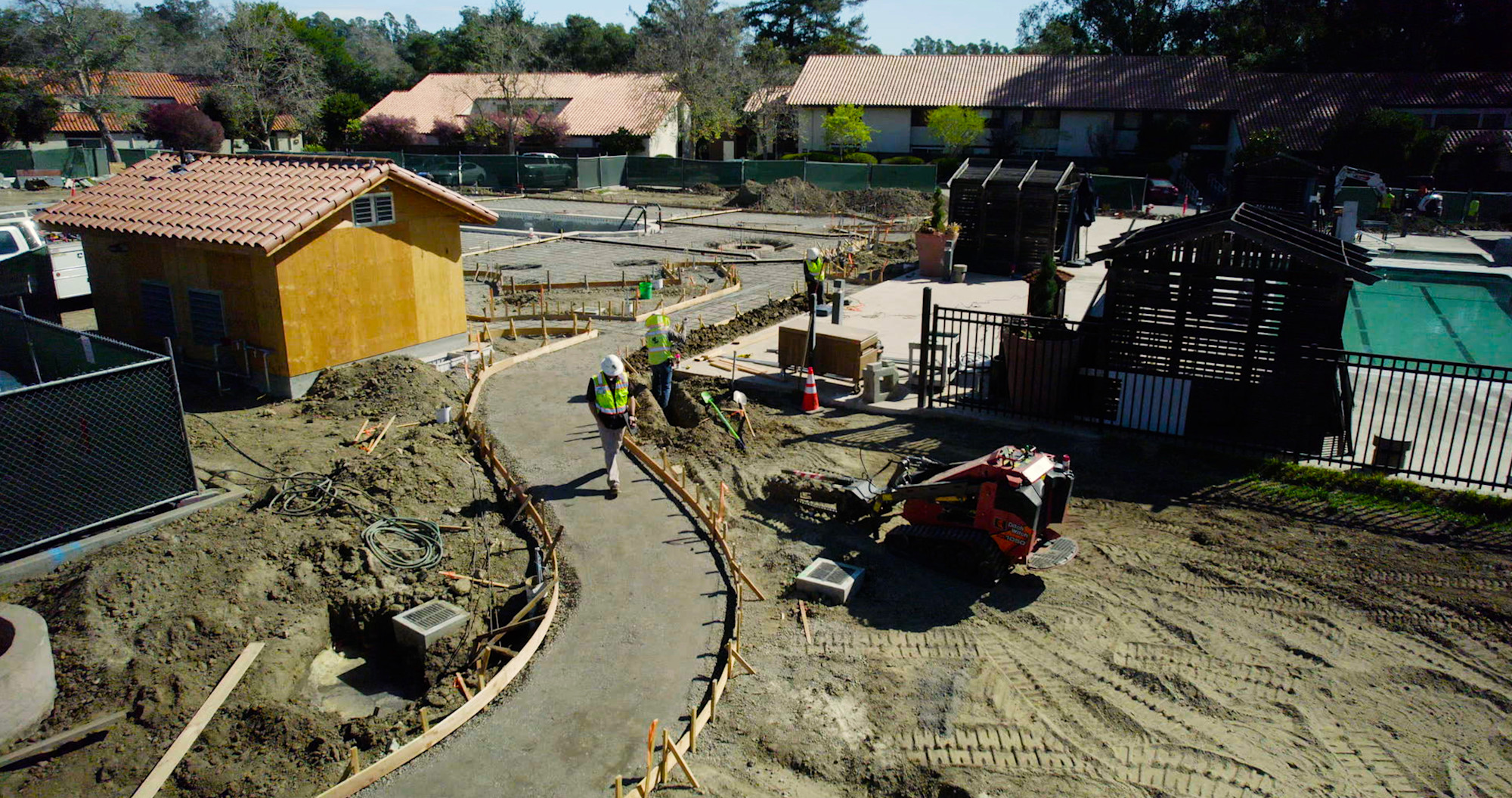A strong labor force is the driving force behind landscaping companies delivering high-quality services while they scale.
However, finding and keeping experienced, reliable employees can be challenging for many lawn care companies as they balance offering a strong wage without compromising the bottom line.
On the one hand, employers must offer a competitive salary and benefits to recruit and maintain a consistent staff capable of handling the workload. Workers who feel well compensated for landscaping work tend to produce at a higher level and pay attention to the details.
Conversely, higher wages mean increased spending and less profit. This article highlights ways businesses can keep workers happy and maximize profits to drive lasting growth in the green industry.
What is the average landscaping salary?
The median rate for a landscaping and groundskeeping worker is $17.26 per hour or $35,890 per year.
Those annual earnings do not include:
Perks
Benefits
Bonuses
When building employment packages, consider what your company can offer in addition to salary to attract talent in your market.
Pay rates also fluctuate outside of the median based on several variables.
Factors that can affect your employees’ salaries
A variety of factors can determine your landscaping employees’ hourly wages, including:
Experience and skills
Job role and responsibilities
Geographic location
Performance
Level of experience and specific skills
Good workers are hard to find and even harder to keep. Paying someone commensurate with their experience and skill is critical to building momentum to grow a landscaping business.
Workers who have special skills will expect added compensation if they:
Handle hazardous chemicals
Understand irrigation techniques
Excel at customer relations
Bring other special skills
Whether workers come into the position with acquired skills or learn them on the job, a bump in salary typically reflects any added responsibilities.
Likewise, workers expect a cost-of-living raise each year, either on a work anniversary or when the calendar turns.
When employees earn the same hourly rate for three to five years, frustration can cause them to find opportunities elsewhere.
Job role and responsibilities
Employees who handle the most basic roles on a crew—such as mowers and trimmers—usually make a baseline average salary. As roles expand and responsibilities increase, so should the worker’s hourly rate.
Positions with higher pay usually include:
Spray technicians
Mulch spreaders
Landscape designers
Crew leaders
Workers responsible for tree or bush maintenance, pest control, and hardscaping add to a crew’s overall value.
Here’s a simple rule of thumb: If a worker’s skill allows you to offer added services, the worker’s increased value should be rewarded.
Geographical location
Metropolitan areas tend to have a higher cost of living than rural areas. This can affect how much you pay your landscaping employees.
According to the Bureau of Labor Statistics, the average hourly wage for landscaping employees in San Francisco is $23.72 per hour ($49,350 per year). Compare that to:
Connecticut ($20.34 per hour, $42,300 per year)
South Florida ($15.78 per hour, $32,810 per year)
Northeast Ohio ($15.74 per hour, $32,750 per year)
Kansas ($14.18 per hour, $29,500 per year)
States in the 90th percentile, such as California and Texas, have higher living costs, so an hourly rate based on the national average may not be enough. The same is true for the highest-paying cities, such as New York and Washington, D.C.
Employee performance
Workers who are consistent performers and deliver excellence are the cornerstone of any good crew. You value them highly, but so do your competitors.
As employees distinguish themselves, show your appreciation with small rewards and recognition, such as:
Gift cards for popular retailers
Buy them lunch
Employee of the Month awards
Cash bonuses for meeting or exceeding goals
A performance bonus to a high-performing employee’s hourly rate also shows you value their work.
Rewarding workers for their roles, skills, and experience only goes so far if the other side of the ledger isn’t keeping up.
How to balance budget constraints and competitive wages
Attracting and keeping skilled workers starts with offering fair compensation. Maintaining the strongest staff while staying within budget is the challenge.
Start with basic market research:
What hourly rate are your competitors offering?
Where’s the growth potential?
What are your goals?
How are sales and inflation affecting the market?
From there, develop a strategic financial plan, beginning with how many contracts your lawn maintenance company currently has and how many you expect to add over time. Set markers where your staff needs to grow to meet needs.
Calculate revenue against operating costs to set a profit margin. Next, consider future capital investments and how much to set aside in an emergency fund.
From there, you can set a budget and know the benchmarks for growth in advance.
How to reduce landscaping employee turnover
Nothing slows landscaping companies’ growth like a constant labor shortage. High turnover not only leaves you without essential workers but it also creates a negative culture for the people who remain.
Offering a competitive wage is just one way to retain a steady workforce.
Offer a comprehensive benefits package
More than half of U.S. residents rely on employment for healthcare coverage. This includes basic health insurance, dental, vision, and flexible spending accounts.
Comprehensive benefits packages go beyond just health insurance, though.
✔ Younger generations especially value retirement packages that include 401(k) plans where employers match a portion of contributions and offer financial planning help.
✔ Paid time off for full-time workers is essential, including vacation days and sick leave. This also covers time-and-a-half for working holidays.
✔ A benefits package could include wellness programs that help with fitness, mental health, and nutrition assistance.
✔ Investing in workers through education and skill building are other benefit options.
Implement a clear career development path
Workers who feel stuck in a role or passed over often leave to find advancement.
✔ Reward strong employees who expand their skills by offering training and opportunities.
✔ Pair veteran workers with newer employees. This enhances the new employee’s onboarding and helps to identify future crew or shift leaders.
✔ Promote from within when you can. Those employees already know your operation, are familiar with processes, and have rapport with their coworkers.
Recognize and reward hard work
Everybody likes to be recognized for their hard work. Praise that is honest and public fosters loyalty and trust.
✔ Set goals for employees—both individually and team-based—and provide a performance bonus when those goals are met.
✔ Establish appreciation programs, such as staff outings or catered team lunches, to reward top workers.
✔ Offer cash bonuses for a worker referral when the new hire stays for a year or more.
✔ There are other low-cost ways to recognize your team, such as celebrating anniversaries and birthdays, posting photos of your crews at work on social media, and giving out company-branded clothing and gear.
Build a culture that expects hard work but rewards it, too.
Foster a positive and supportive work environment
A positive work environment starts at the top and spreads throughout a business.
How you provide support, inspire others, and show respect goes with workers out into the field.
Offer open and honest conversations, even if they are difficult. Provide meaningful work, reward success, and recognize when people need support.
Provide teams with the right tools to get the job done
No matter how well you pay your employees, frustration will grow in the field and the office if they’re dealing with out-of-date and unreliable equipment.
You don’t need to replace lawn mowers and work trucks every year, but if you’re still using a magnetic whiteboard for scheduling and paper time sheets, you’re not using your team as effectively as you could be.
The latest software, with app functionality, minimizes the time your team spends on routine tasks like time tracking, appointment confirmation, and scheduling.
Aspire is management software designed for the green industry that works as growth-minded businesses do. Investing in high-quality tools that perform when needed ensures your workforce can spend their time on the clock delivering results, not dealing with preventable issues.

Grow your business with software designed for the green industry
Generating momentum to scale requires a skilled workforce. Finding and retaining those workers starts with offering a competitive wage for your job market.
Beyond attractive wages, your company culture and work environment go a long way toward creating a brand that industry talent wants to be a part of growing.
Aspire Mobile gives crews in the field the tools they need to work independently, fostering trust and accountability in your teams, including:
Geotagged clock-in/clock-out
Schedules synced with the office for up-to-the-minute accurate routes
Three-way communication with the office and clients
From-the-field issue ticket creation
Job site to-do lists to ensure work gets done right the first time
Aspire provides cloud-based, end-to-end functionality for office and field teams. Providing your teams with tools that work intuitively and efficiently helps you stand out from the competition while driving new profitability in your operations.
Want to learn more about how Aspire helps you build a workforce with competitive wages and room for growth? Book a free demonstration today!







